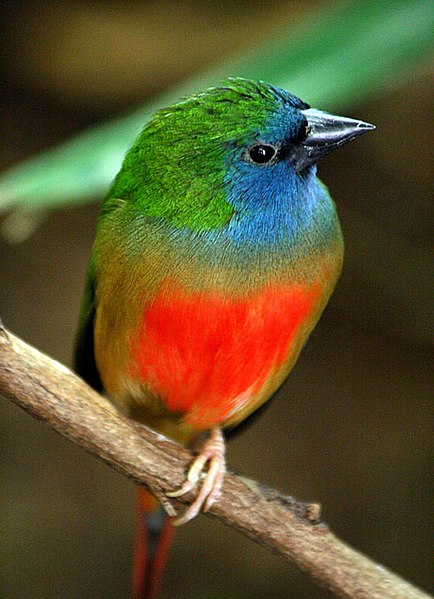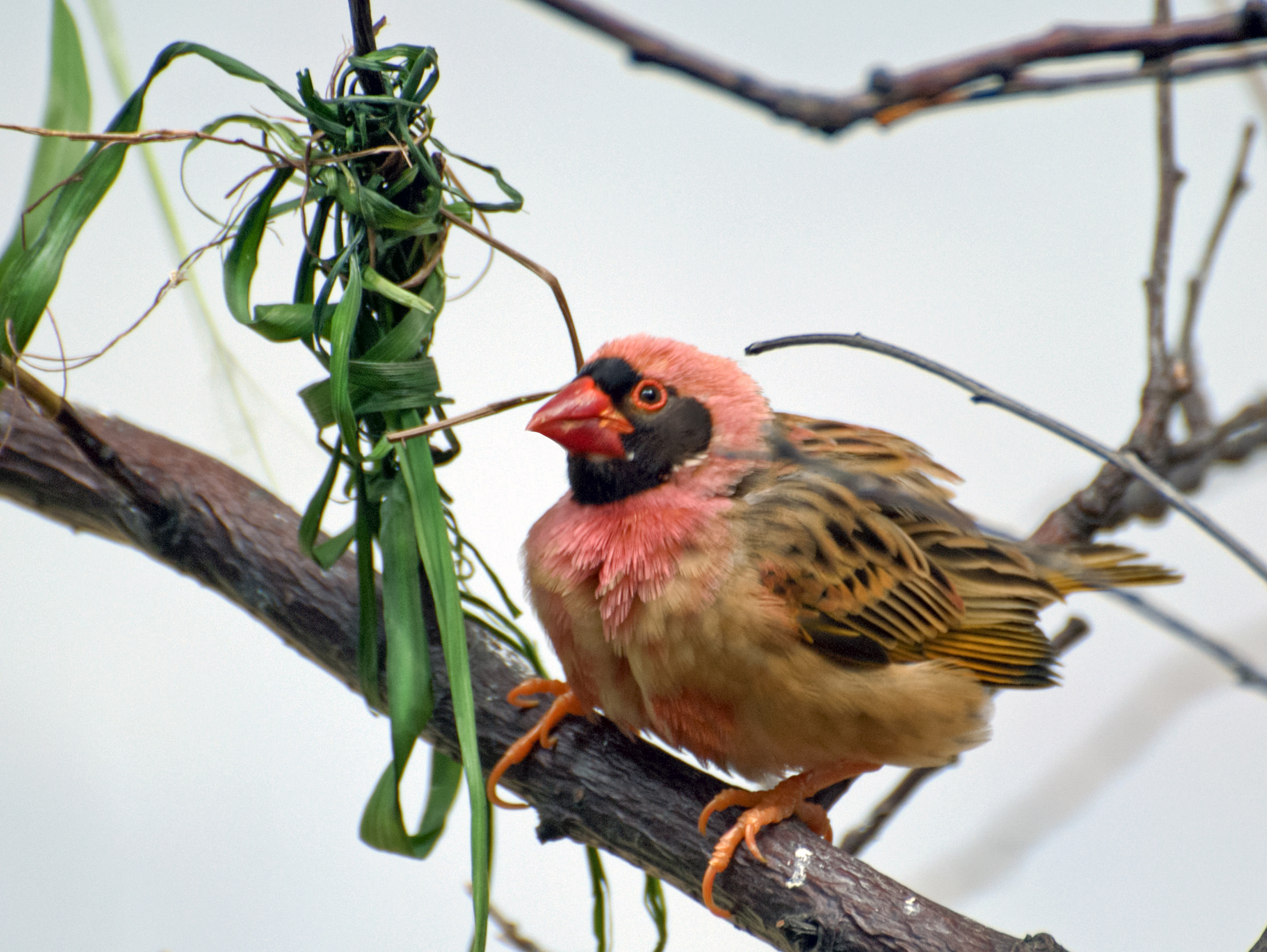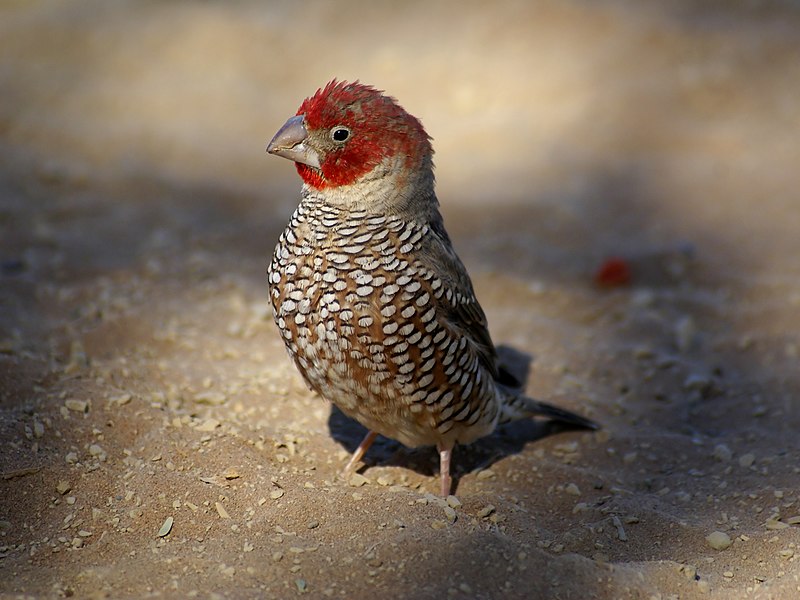While working as a bird keeper at the Bronx Zoo, I cared for a number of finches that are commonly kept as pets. Early on, I was struck by the amazing differences in the behavior of the same species when kept in large exhibits as opposed to small cages. Along with increased activity and interesting behaviors came good health and excellent breeding results. While few pet owners can keep their birds in zoo-exhibit sized cages, many do not give enough thought to just how much space their finches and canaries need. Perhaps because these birds “get by” in small cages, and rarely exhibit the problems that afflict space-deprived parrots, they are often denied spacious living quarters. But, because of their physical make-up and lifestyle, finches are poorly suited for life in cramped quarters…even less so, in some ways, than are many parrots. Choosing the best cage for these small birds is essential for their well-being and it allows you to enjoy more natural behaviors.
Finch and Canary Lifestyles
It’s important to bear in mind that canaries and other finches do not climb about on perches and cage bars as do parrots. Flight space is a critical point in cage selection. Also, finches are only rarely let out of their cages for exercise and interaction with owners. The vast majority spend their lives in a cage…in many cases able to only hop a few inches from perch to perch, day in and day out. Read More »
 That Bird Blog – Bird Care and History for Pet Birds
That Bird Blog – Bird Care and History for Pet Birds





